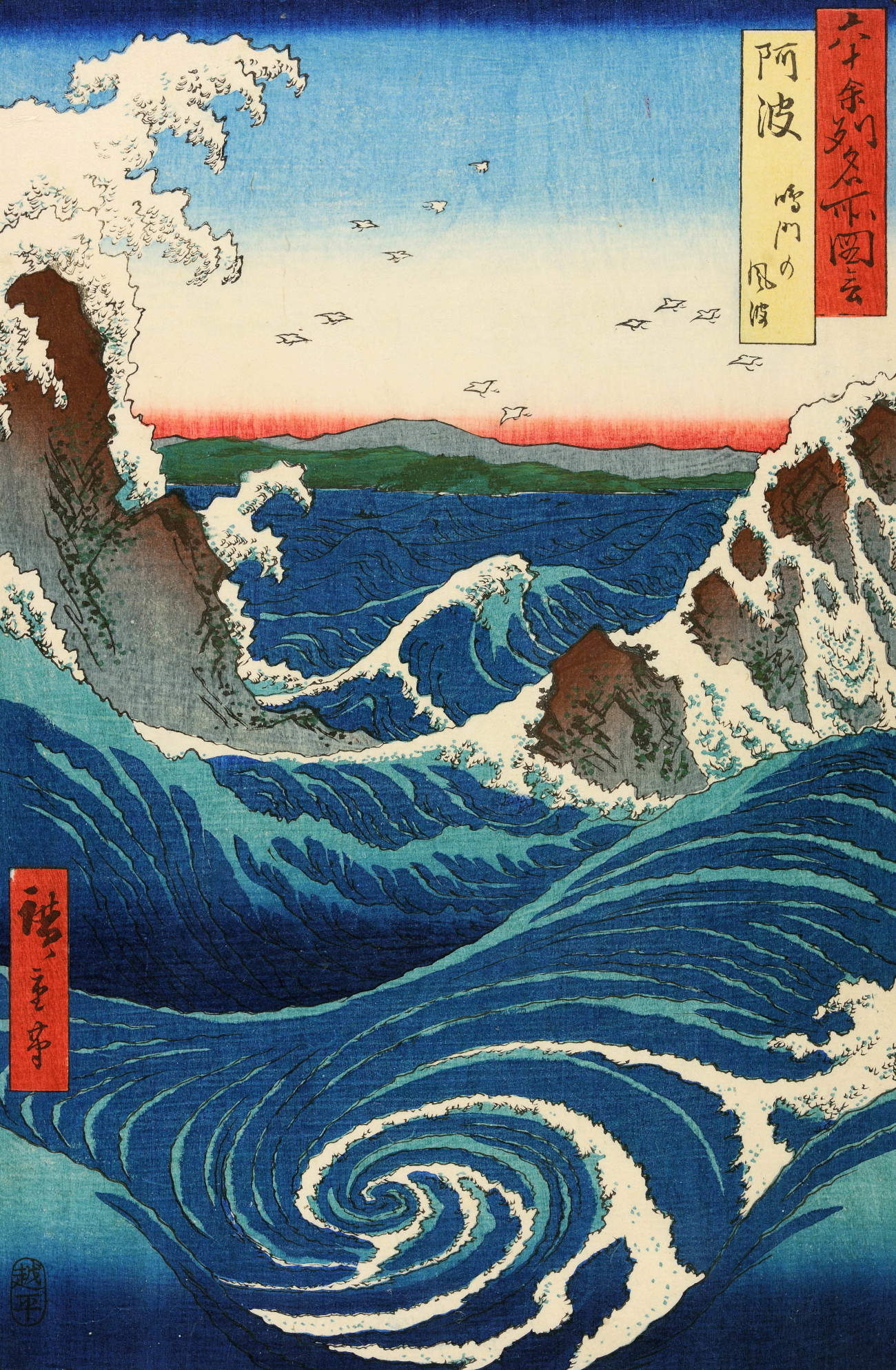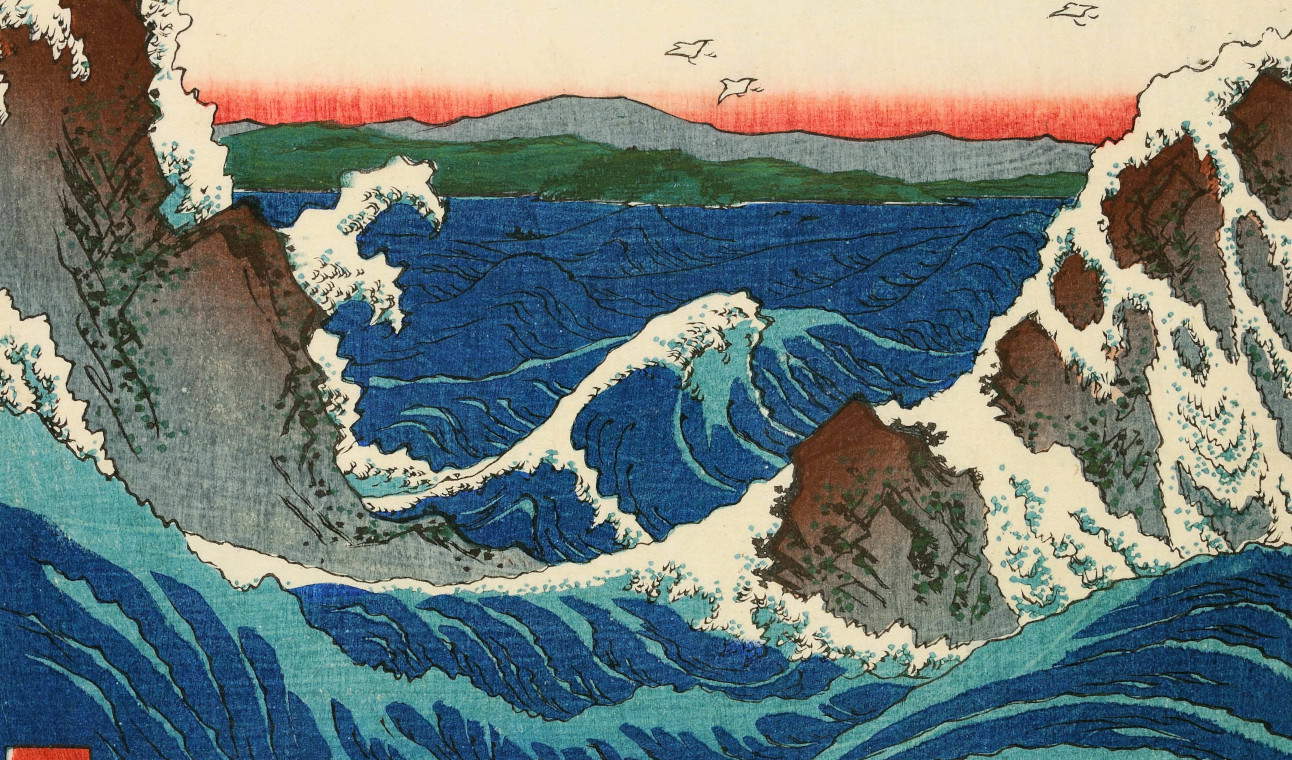From February 20 to June 23, 2024, the Museum of Rome at Palazzo Braschi is hosting the major exhibition Ukiyoe. The Floating World. Visions from Japan, curated by Rossella Menegazzo, promoted by Roma Capitale, Assessorato alla Cultura, Sovrintendenza Capitolina ai Beni Culturali and co-produced and organized by the Sovrintendenza Capitolina and MondoMostre, with the support of Zètema Progetto Cultura.
The exhibition will present one hundred and fifty masterpieces ofJapanese art between the 17th and 19th centuries from the Museo d’Arte Orientale E. Chiossone in Genoa and the Museum of Civilizations in Rome, created by the masters of the Edo period, including Kitagawa Utamaro, Katsushika Hokusai, whose Great Wave of Kanagawa, Keisai Eisen and the great Utagawa school with Toyokuni, Toyoharu, Hiroshige, Kuniyoshi, Kunisada will also be presented.
The exhibition will focus on the artistic strand known as ukiyoe, a Japanese term that literally means “images of the floating world.” Established since the mid-seventeenth century, ukiyoe brings into focus the contemporary Japanese world of the time related to the emergence of cities, new social classes, tastes and fashions, which the masters help to spread along with new aesthetic, educational and cultural values homogeneous throughout the country.
The strong influence exerted by Japanese art and ukiyoe on Western culture in the late 19th and early 20th centuries is witnessed in the exhibition through the account of the experience of two Italian artists, sculptor Vincenzo Ragusa and engraver Edoardo Chiossone, who were invited by the late 19th-century Japanese Meiji government as educators and specialists in the first graphic and art institutes. Ragusa and Chiossone were key figures in the development of the early Western-style art professions, along with Antonio Fontanesi for painting and Giovanni Vincenzo Cappelletti for architecture. Their deep knowledge of Japan during their long years there also enabled them to become collectors, forming two of the most important nuclei of Oriental art in Italy, now preserved at the Museo d’Arte Orientale Edoardo Chiossone in Genoa and at the Museum of Civilizations in Rome. In the exhibition, the Italian presence in Japan at the end of the 19th century and the fascinating aspect of Oriental collecting in Italy will also be witnessed by a number of pieces belonging to the Museum of Civilizations in Rome, acquired by Luigi Pigorini and belonging to the first Italian Consul to Japan Cristoforo Robecchi and Count Enrico di Borbone, Count of Bardi, much of whose collection is now at the Museum of Oriental Art in Venice.
For more info: www.museodiroma.it
Hours: Tuesday through Sunday from 10 a.m. to 7 p.m. Closed Mondays.
Exhibition-only ticket: full 15 euros, reduced 13 euros. Presale 1 euro. Presales are available at this link.

 |
| 150 masterpieces of Japanese art between the 17th and 19th centuries by the great masters of the Edo period on display in Rome |
Warning: the translation into English of the original Italian article was created using automatic tools. We undertake to review all articles, but we do not guarantee the total absence of inaccuracies in the translation due to the program. You can find the original by clicking on the ITA button. If you find any mistake,please contact us.